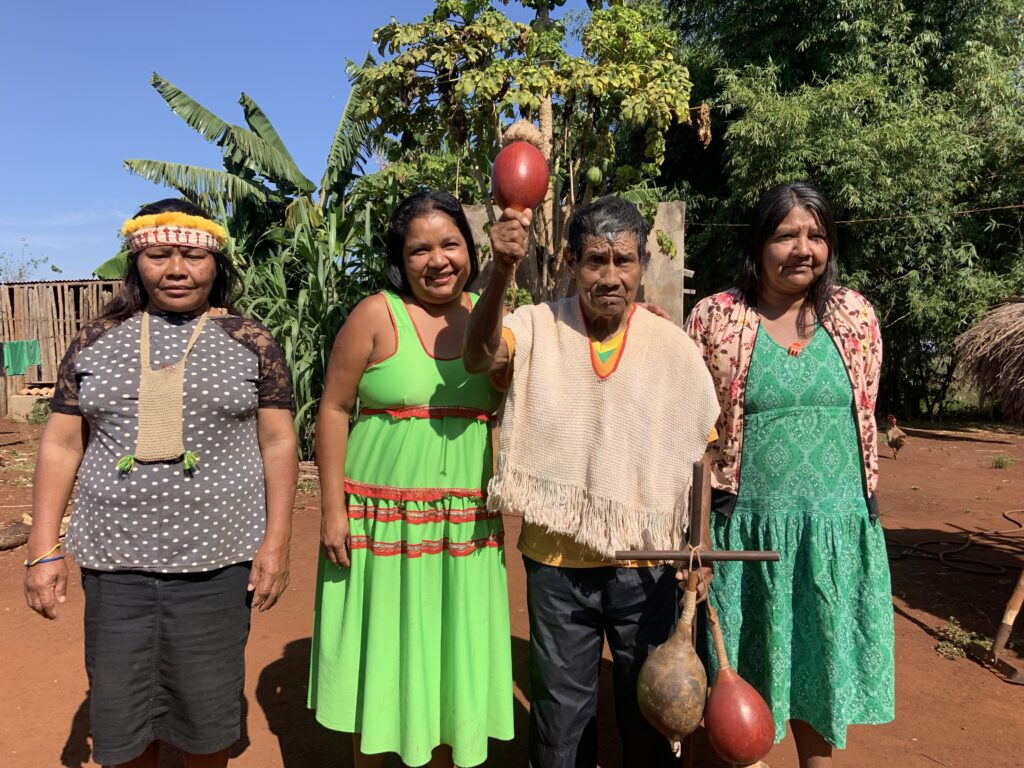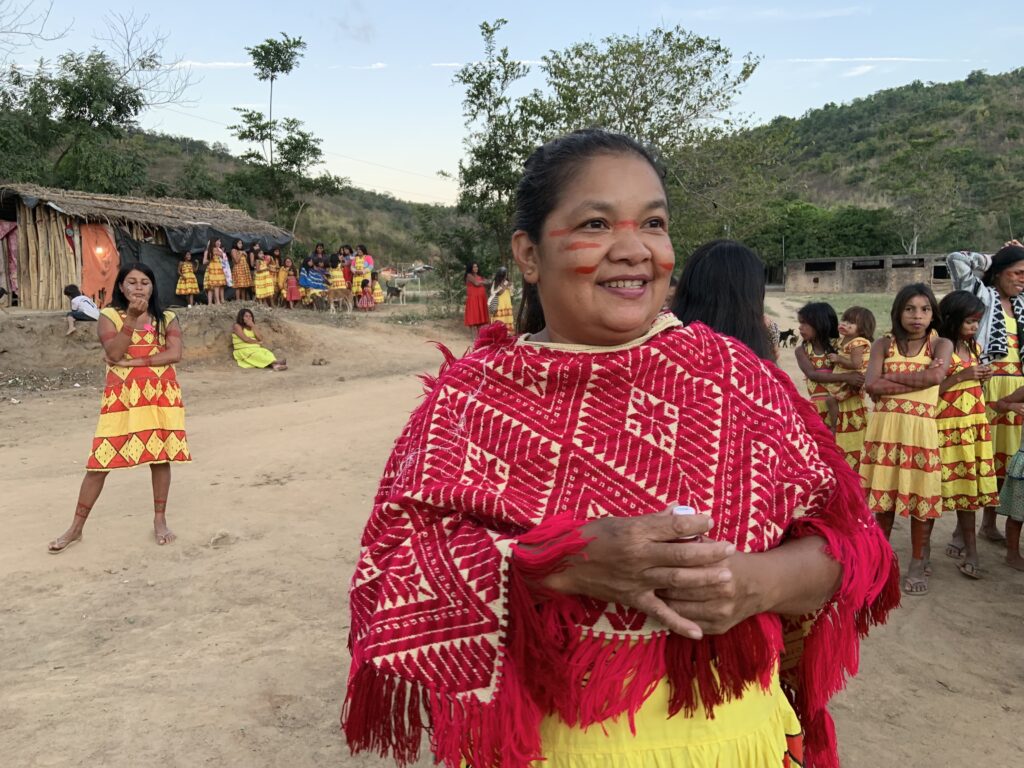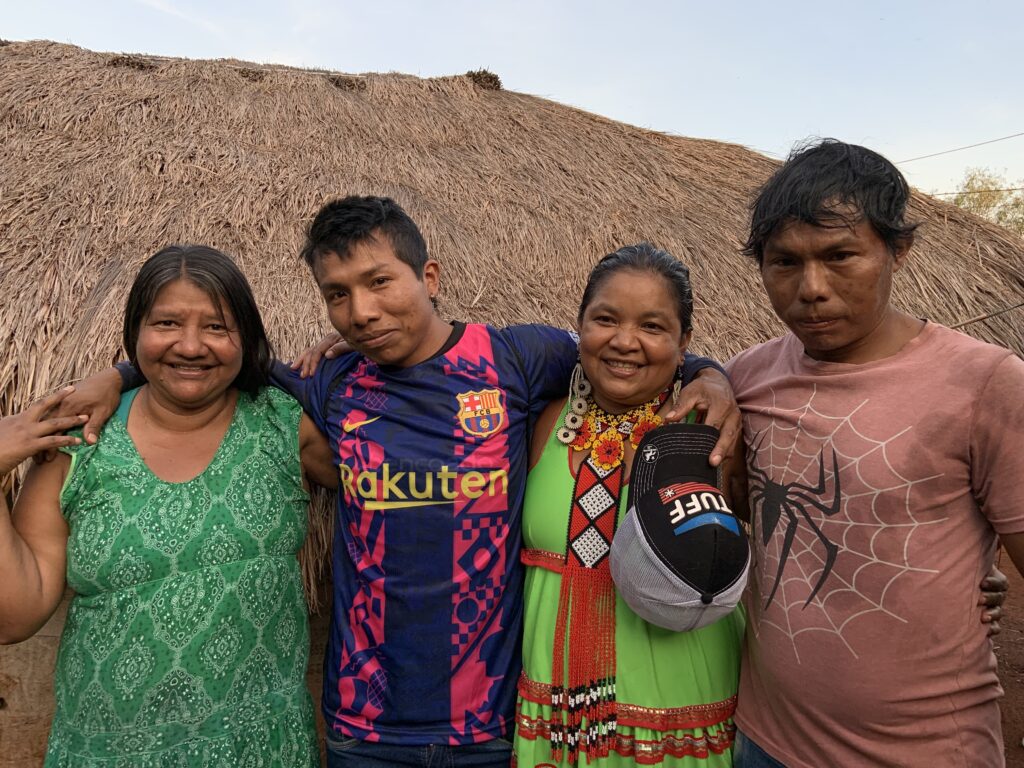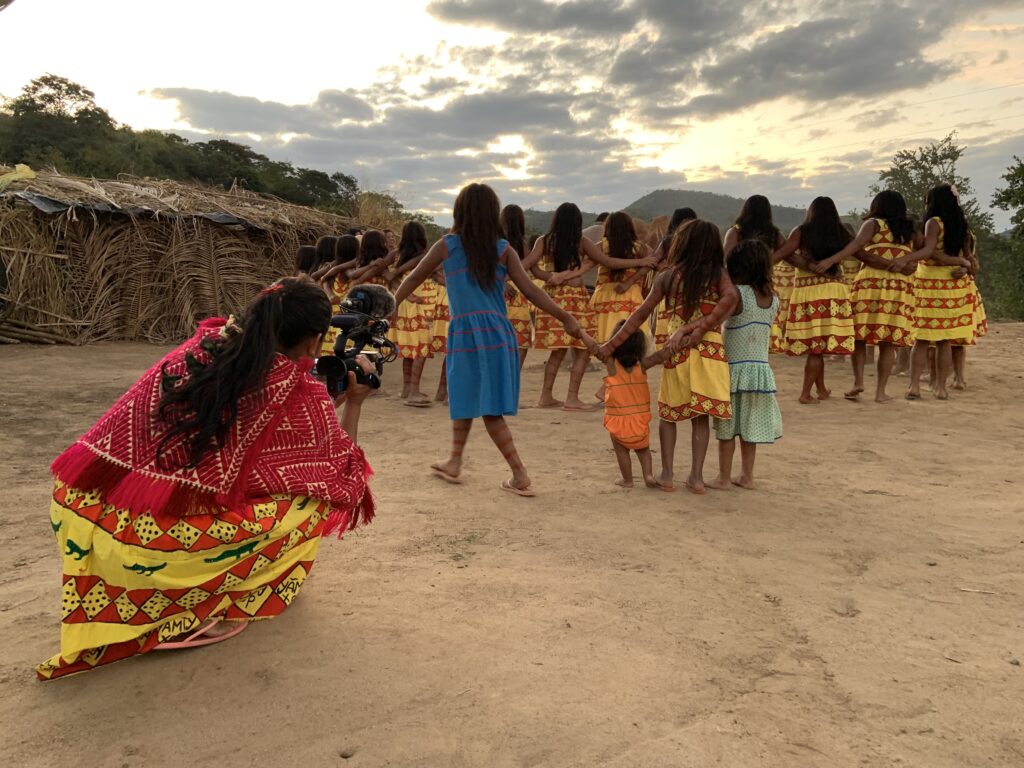Fejos Postdoctoral Fellow: Roberto Romero Ribeiro Junior
”Yõg ãtak: My Father, Kaiowá” is a documentary feature film that tells the story of Sueli and Maiza Maxakali’s search for their father, Luis Kaiowá, who was separated from them over 40 years ago during the military dictatorship in Brazil. The film weaves together personal, ethnographic, and historical narratives as it follows the Tikmũ’ũn sisters on their journey.
In 1968, in the height of Brazilian military dictatorship, Luis Kaiowá and his cousin José Lino, both indigenous from the Kaiowá people living in the actual state of Mato Grosso do Sul, were taken to the Tikmũ’ũn lands in the actual state of Minas Gerais by the then administrators of the National Indian Foundation (FUNAI). They had already been on a long journey that crossed several cities in Brazil before they were taken to the Tikmũ’ũn land, where they lived for over fifteen years working for the military administrators of the FUNAI. Luis married Noêmia Maxakali and had two daughters, Maiza and Sueli, while José Lino married Maria Diva Maxakali and had four daughters. Six months after Sueli’s birth, though, Luis and José Lino were taken back to Mato Grosso do Sul and never returned. Luis became a renowned shaman of the Kaiowá people and married again several times, while José Lino died a few years after their return.

Since then, Sueli and Maiza had not heard from their father. Sueli is now 46 years old and is a leader of her people, a teacher, filmmaker, and visual artist. With her work, she began to circulate beyond the limits of the indigenous reservation and met some Kaiowá women who gave her some information about her father’s whereabouts. The news revived our searches and finally, through contact with the anthropologist Tatiane Klein, who has been conducting research among the Kaiowá for years, we finally identified the exact location of her father. In early 2019, while I was at Sueli’s village and Tatiane at her fathers’, she made her first phone call to Luis after more than forty years without contact. Since I’ve been working with Sueli as an anthropologist and filmmaker for more than a decade, she promptly asked me for help to write a film project to get resources to travel to the village of her Kaiowá relatives.

A year after the first call, as we were preparing for the trip, the COVID-19 pandemic hit and all plans had to be stopped. In the meantime, Sueli and her partner Isael Maxakali led a movement of 100 families of the Maxakali people who left their reserve to fight for a new land, which they finally occupied in september 2021 to create the Aldeia-Escola-Floresta (Forest-School-Village), an indigenous community but also an art and education project aimed at strengthening traditional culture and the environmental recovery of the Atlantic Forest, one of Brazil’s most threatened biome. Meanwhile, Luis had remarried and moved villages a few times. In 2022, with the arrival of the vaccine and the reduction in the number of COVID-19 cases, we were finally able to resume the project and prepare for the long-awaited trip.

During the days of filming, we followed the preparations for the departure from the Aldeia-Escola-Floresta. A big ritual of the hawk-spirit Mõgmõka announces Sueli and Maiza’s departure towards their meeting with their father, who lives more than one thousand miles away from them. Meanwhile, in Mato Grosso do Sul, part of the team registers the expectations for the arrival of the Maxakali relatives and the reunion with Luiz. Between two territories, three languages, several songs and stories, the film constitutes itself as a memory. In the midst of a centuries-long process of expropriation, murder, and devastation of their ancestral territories, the two indigenous peoples exhibit a vibrant and intense ritual life, populated by chants, dreams, and spirits. Through Sueli and Maiza’s personal search, the film reveals the story of their journey and the exchange between two peoples who have resisted state violence and the depletion of living conditions in their lands for generations.

Tikmũ’ũn people is also known as Maxakali and number around 2,500 individuals currently living in five indigenous lands located in the municipalities of Santa Helena de Minas, Bertópolis, Teófilo Otoni and Ladainha, in the Mucuri Valley, state of Minas Gerais, Brazil. The Guarani, Kaiowá and Ñandeva peoples number more than 65,000 individuals, who live in a group of about 60 indigenous reserves, indigenous lands, repossessions and roadside camps in the south of Mato Grosso do Sul, a region bordering Paraguay. Both peoples share a similar history of state-sponsored land grabbing and live today surrounded by cattle ranches (Tikmũ’ũn) or cane and soy monocultures (Guarani and Kaiowá), in some of the smallest indigenous lands in Brazil.
TIMETABLE FOR CONCLUSION:
The film is in the post-production phase. Editing has already started and will be completed between April and July 2023. Between August and September, the film will undergo color finalization and sound mixing and we will prepare the promotional material (poster, flyers) for the launch. As of October, the film will be completed and we will begin registration for festivals.